Safe ways to clean between your dog’s toes include wiping with a damp cloth, using pet-safe wipes, rinsing with lukewarm water and mild dog shampoo, and drying thoroughly to prevent irritation or infection. Always inspect paws for debris or injuries and apply paw balm for added protection.
Why Cleaning Between Your Dog’s Toes Matters
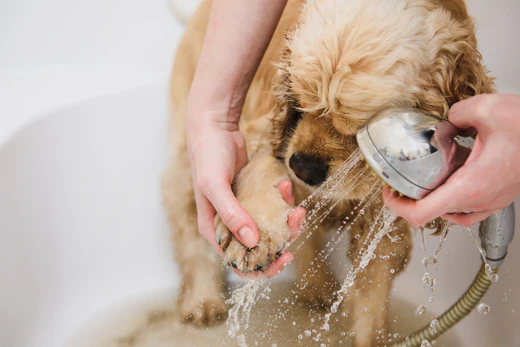
Cleaning between your dog’s toes is essential for paw hygiene and overall paw health. Dirt, grass seeds, and bacteria often get trapped between the toes. If ignored, this buildup can lead to irritation, swelling, or infection. Regular cleaning helps prevent common issues like yeast infections, dermatitis, and persistent paw licking.
Veterinarians stress that moist, dirty paws are the perfect environment for bacteria and yeast to grow. By maintaining clean toes, you protect your dog from avoidable discomfort and costly vet visits.
Common Issues Caused by Dirty Dog Toes
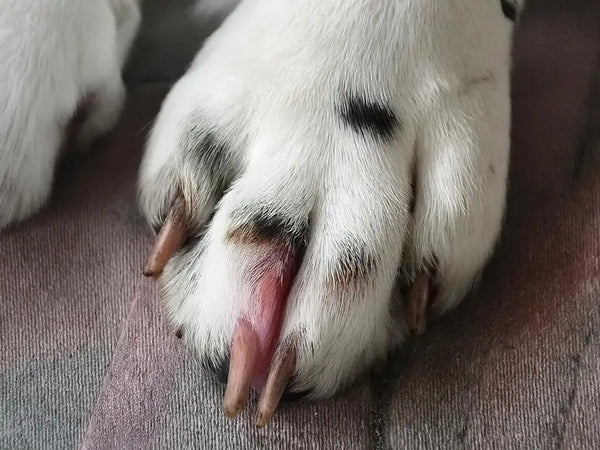
Neglecting paw care often leads to health problems. Signs to watch for include:
- Redness or swelling between toes
- Unpleasant odor coming from paws
- Persistent licking or chewing
- Cuts or abrasions that worsen over time
- Limping or sensitivity when walking
These symptoms can indicate fungal infections, dermatitis, or even foreign objects lodged in the paw. Addressing dirt early helps avoid these complications.
Step-by-Step Guide to Safely Cleaning Between Toes
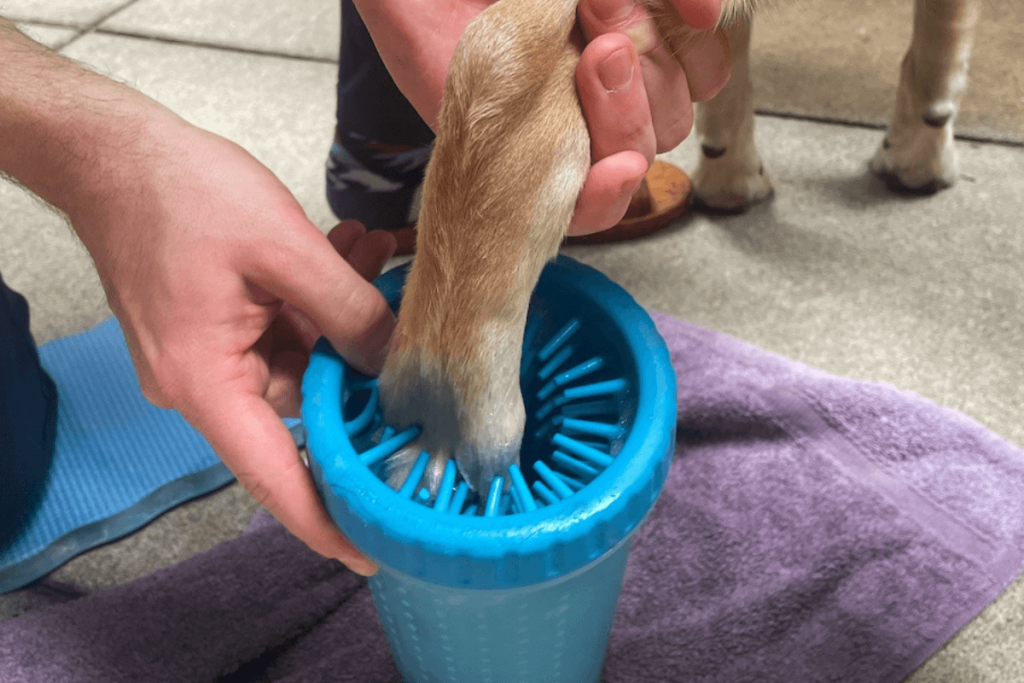
Here is a structured cleaning routine you can follow:
- Inspect paws after every walk. Look for small stones, burrs, or splinters.
- Rinse with lukewarm water to remove loose dirt.
- Use pet-safe wipes or a soft cloth for gentle cleaning.
- Apply a small amount of mild dog shampoo if needed, then rinse thoroughly.
- Use a soft-bristled brush to lift stubborn debris from fur.
- Dry paws completely with a clean towel, paying attention between toes.
- Apply pet-safe paw balm if the skin looks dry or cracked.
This process keeps the paws clean without irritating sensitive skin.
Tools and Products for Safe Paw Cleaning
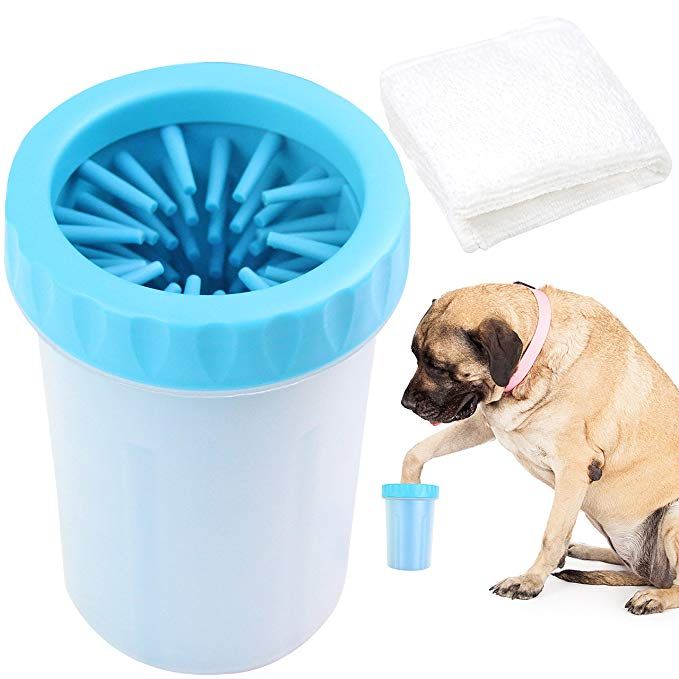
Different products provide different levels of effectiveness. Here is a simple comparison:
- Paw wipes: Convenient for quick cleaning on the go
- Soap and water: Effective for deeper cleaning, requires thorough rinsing
- Paw washers: Small devices with soft bristles that clean quickly
- Soft cloth: Gentle option for sensitive paws
- Pet-safe balms: Moisturise and protect after cleaning
Avoid using human products such as alcohol-based wipes or harsh soaps. These irritate your dog’s skin and strip natural oils.
Natural and DIY Paw Cleaning Solutions
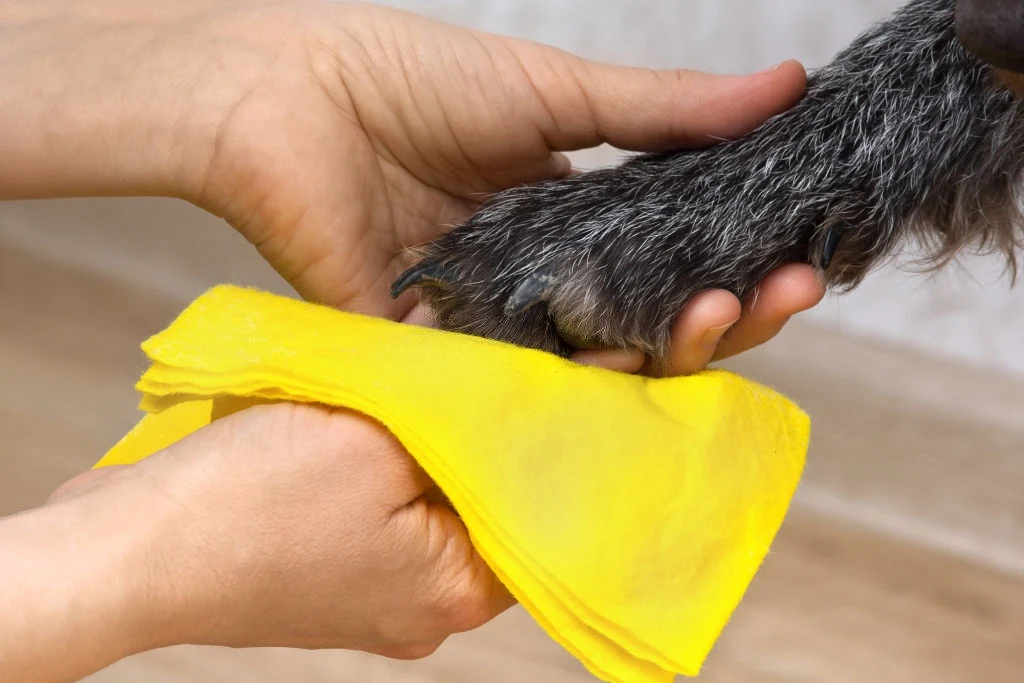
Many dog owners prefer natural methods for safety and cost-effectiveness. Common DIY solutions include:
- Oatmeal soak: Soothes irritated skin and reduces inflammation
- Diluted apple cider vinegar: Mild antiseptic properties, prevents yeast buildup
- Coconut oil: Provides natural moisture and protection
Always test natural remedies on a small area first to ensure your dog does not react negatively.
How Often Should You Clean Between Dog’s Toes
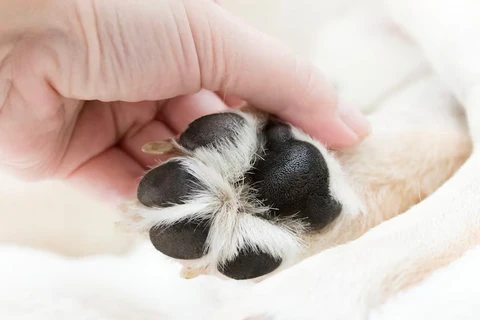
The frequency of cleaning depends on your dog’s lifestyle.
- Daily cleaning is recommended for dogs that walk in dirt, grass, or city streets.
- Weekly cleaning may be enough for indoor dogs with limited exposure.
- Seasonal cleaning is important in winter when salt and ice-melting chemicals can irritate paw pads.
Consistency matters more than intensity. Regular short cleanings are better than occasional deep cleaning.
Preventing Paw Problems Before They Start
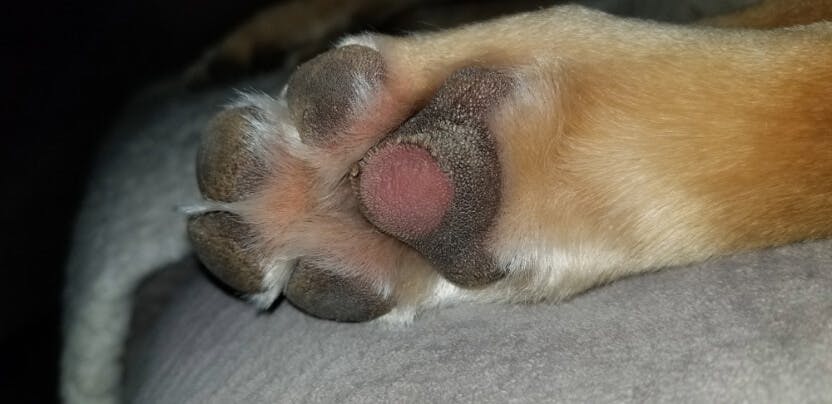
Prevention is the most effective form of care. Keep your dog’s paws healthy by:
- Trimming nails regularly to avoid overgrowth and imbalance
- Trimming excess fur around paw pads to reduce dirt accumulation
- Using dog boots on rough terrain or during hot summers and icy winters
- Inspecting paws after outdoor activities to catch early signs of trouble
These small steps make paw maintenance easier and reduce the risk of infections.
When to See a Vet for Paw Issues
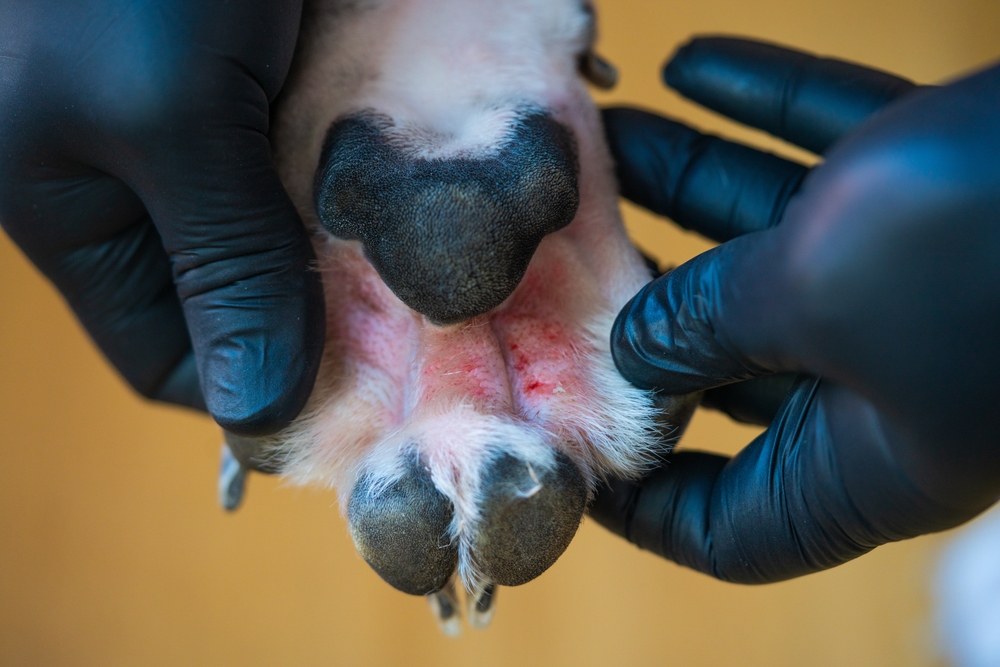
Sometimes home care is not enough. Contact a veterinarian if you notice:
- Persistent swelling or redness
- Strong odors even after cleaning
- Bleeding or open wounds between toes
- Limping that does not improve with rest
- Constant licking or chewing that disrupts daily activity
Early veterinary intervention prevents minor irritations from turning into serious conditions.
Additional Grooming Tips for Healthy Dog Toes
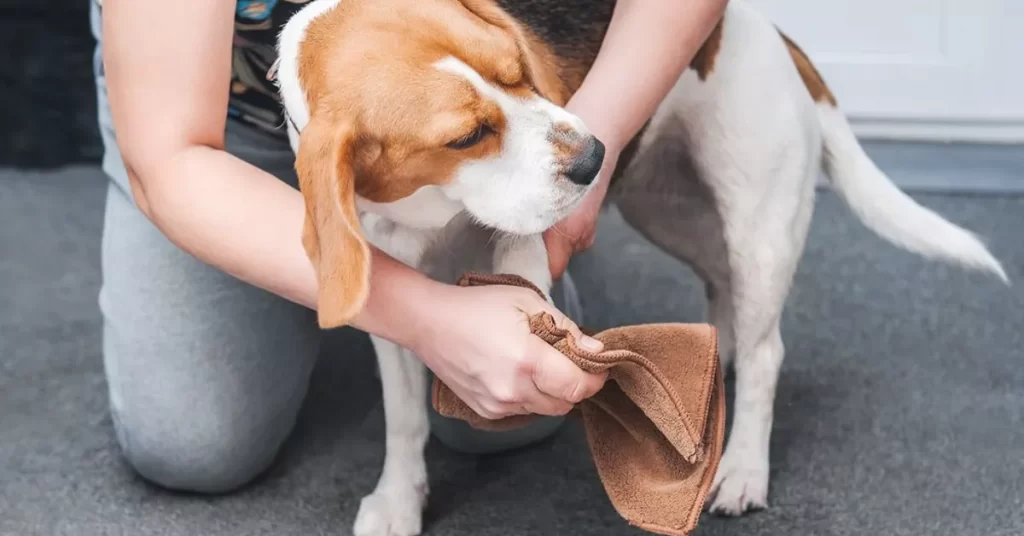
Toe cleaning works best as part of a full grooming routine. Careers Collectiv recommends incorporating these steps, and for pet owners who want to expand their knowledge of responsible care, the Animal Welfare Course offers in-depth training on pet health, safety, and wellbeing.
- Bathe your dog with mild shampoo as needed
- Regularly check ears, nails, and teeth for hygiene
- Keep fur trimmed and free of mats
- Inspect your dog’s skin for parasites such as ticks or fleas
A consistent grooming routine supports overall health and reduces the chance of unnoticed infections.
FAQs About Dog Paw Cleaning
How do you clean between dog toes without hurting them?
Use a damp cloth or pet-safe wipe with gentle pressure. Avoid scrubbing.
Can baby wipes be used on dog paws?
No, baby wipes often contain chemicals that irritate dogs. Always use pet-safe wipes.
What’s the best solution to disinfect dog paws?
Diluted pet-safe antiseptic solutions or mild dog shampoos are safe choices.
How to stop dogs from licking their toes after cleaning?
Ensure paws are rinsed and dried completely. Apply a pet-safe balm to reduce irritation that triggers licking.
Dog Paw Care for Long-Term Health
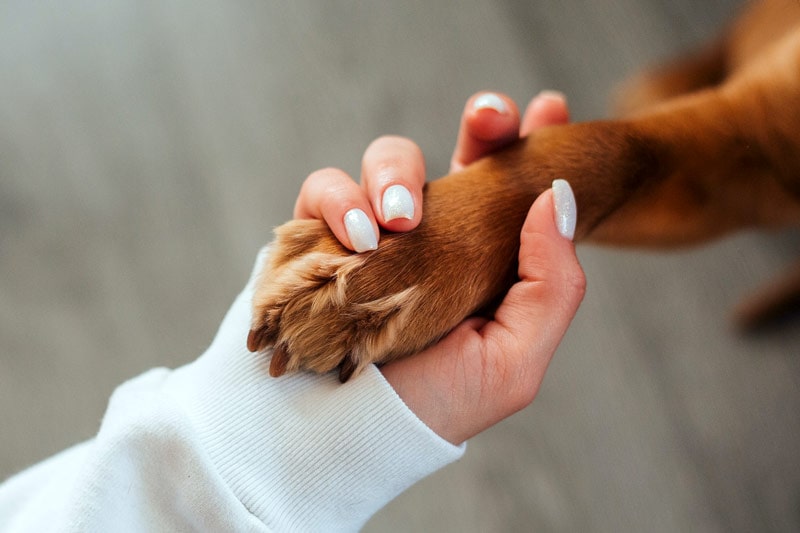
Safe ways to clean between your dog’s toes involve consistency, gentleness, and the right products. Focus on daily inspection, proper drying, and prevention of buildup. Combine this with regular grooming, protective footwear, and awareness of early warning signs. Careers Collectiv encourages all pet owners to make paw care a non-negotiable part of their dog’s routine.
This approach prevents infections, extends comfort, and ensures your dog stays active and healthy throughout every stage of life.